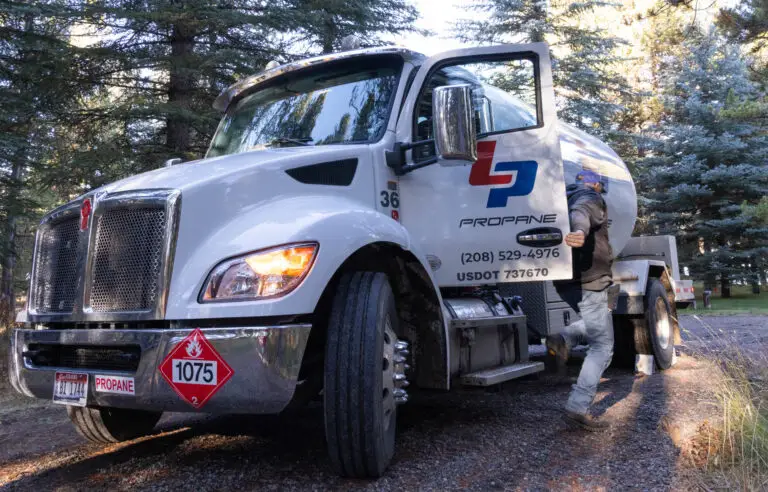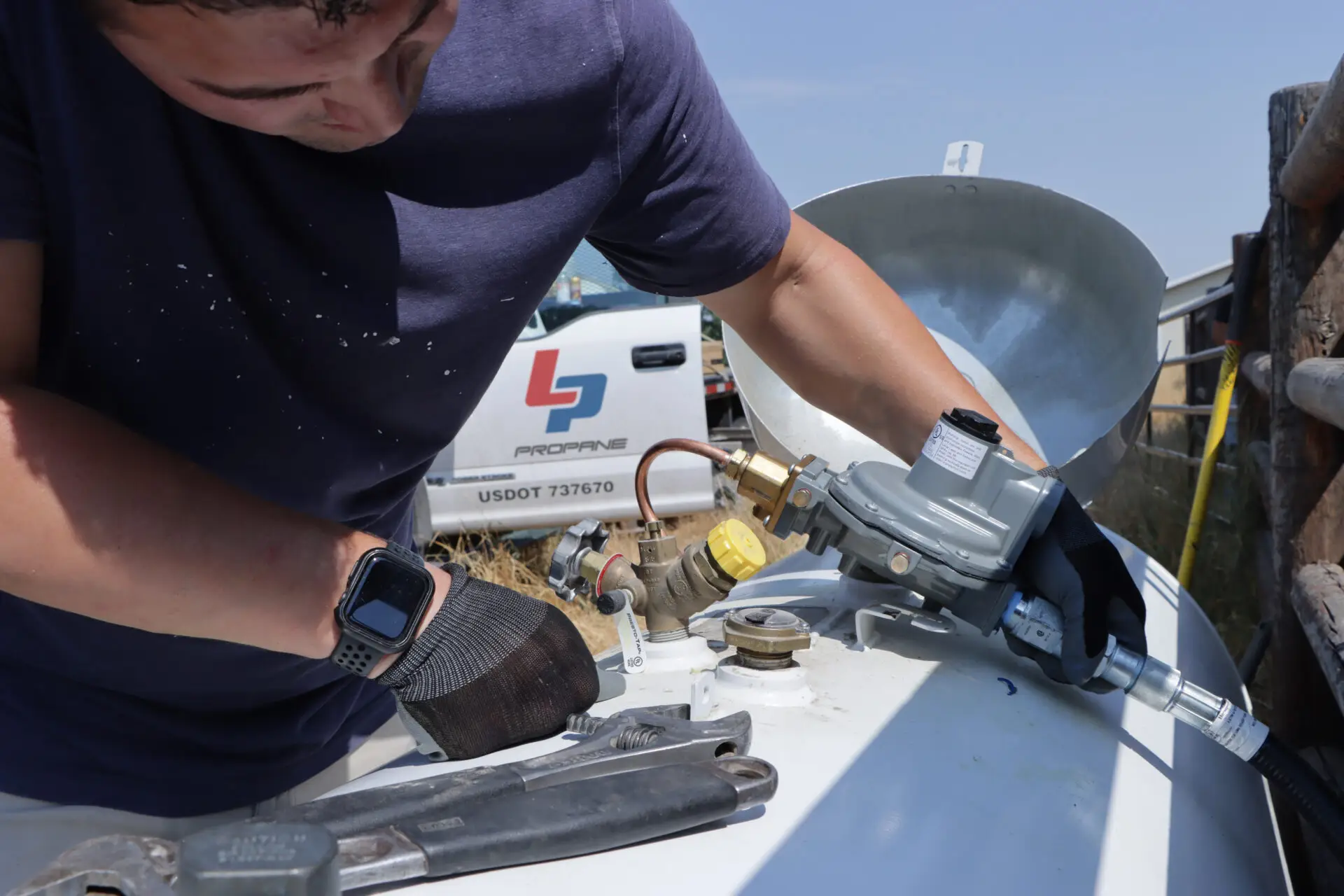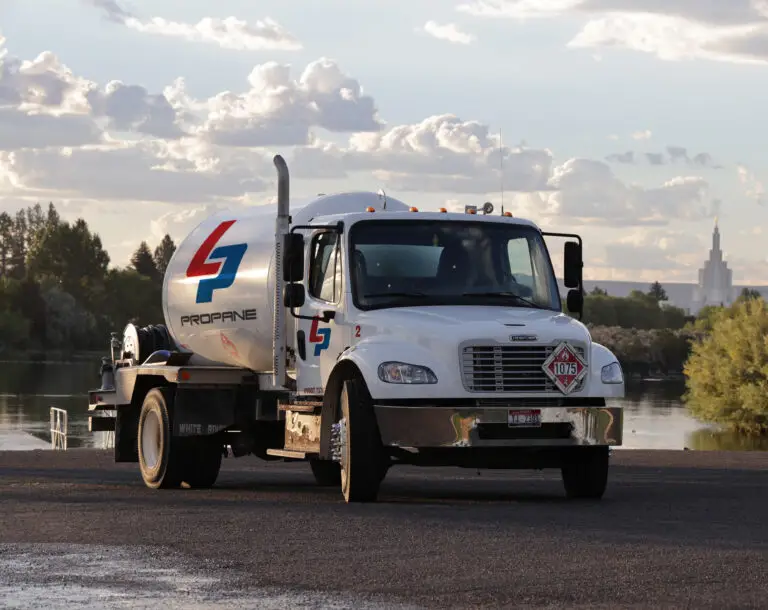
How Much Propane Does an RV Use? Tips for Efficient Travel
How Much Propane Does an RV Use? Tips for Efficient Travel If you’ve ever parked your RV at dusk, the sky softening over the horizon while the coffee pot hums and the heater clicks to life, you’ve already felt what

